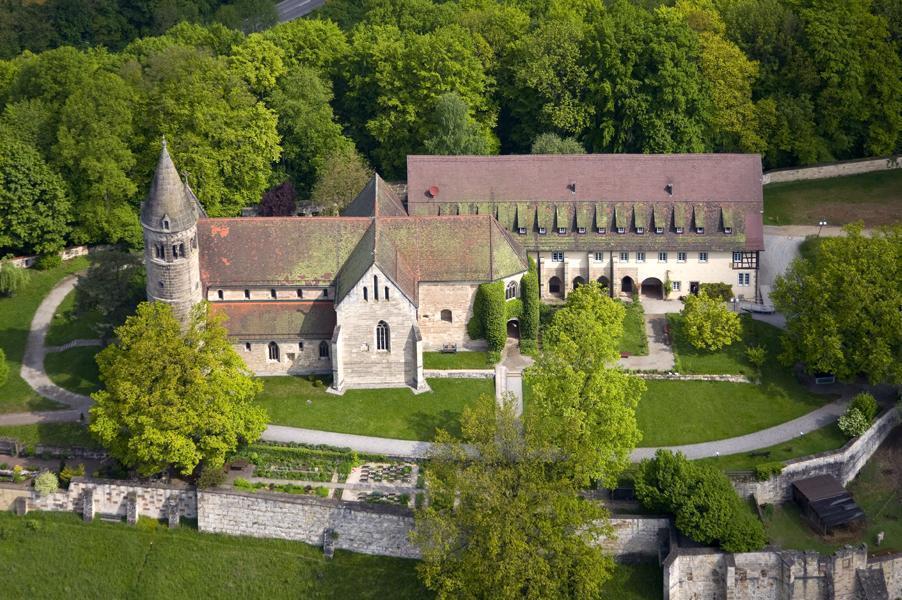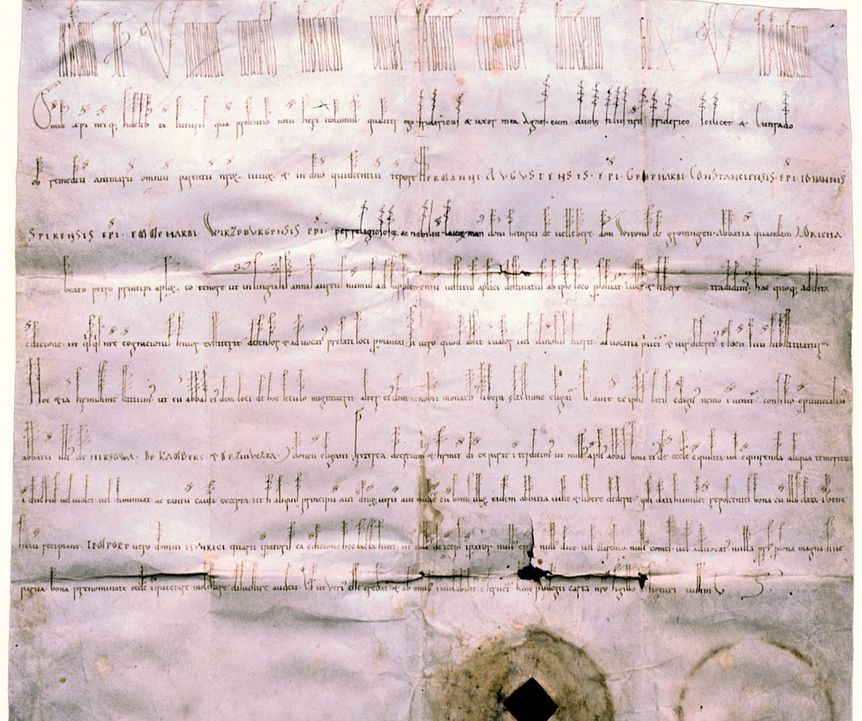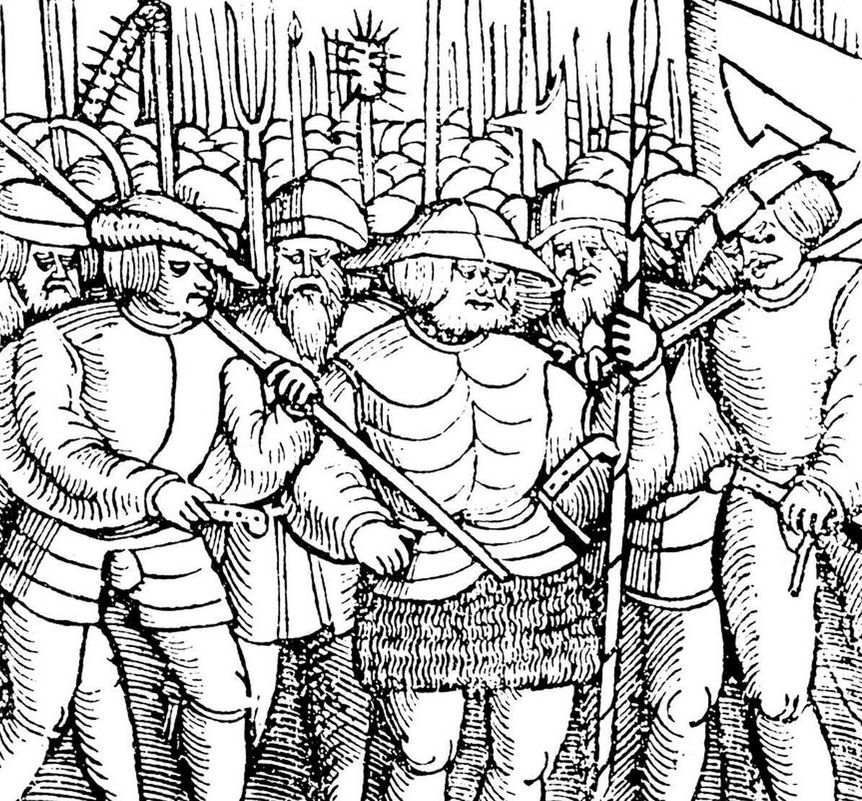Steeped in history and legendMilestones
The House of Staufen founded Lorch Monastery in the Rems valley in the High Middle Ages. The Benedictine monastery of St. Mary was intended to be their burial place. Yet the famous imperial family died out and disappeared. Lorch Monastery's history continued for another nine centuries.








